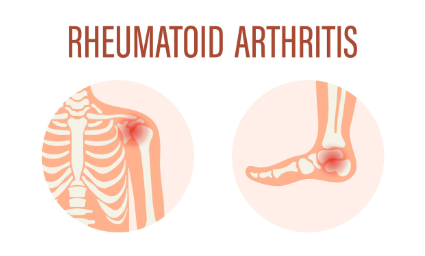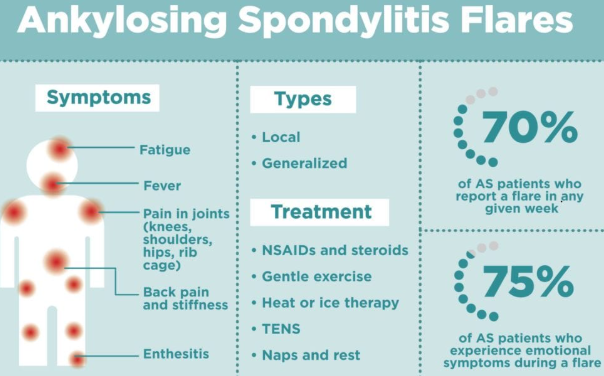Fibromyalgia and Rheumatoid Arthritis (RA) are both chronic conditions that cause widespread pain and fatigue, but they are fundamentally different diseases. Many people confuse the two because they share overlapping symptoms. However, understanding their differences is crucial for proper diagnosis and treatment.
What is Fibromyalgia?
Fibromyalgia is a chronic pain disorder that affects the way the brain processes pain signals. It leads to widespread musculoskeletal pain, fatigue, sleep disturbances, and cognitive difficulties (often called “fibro fog”). Unlike RA, fibromyalgia does not cause inflammation or joint damage.
Symptoms of Fibromyalgia:
- Widespread pain throughout the body
- Extreme fatigue, even after rest
- Sleep disturbances and non-restorative sleep
- Cognitive issues (“fibro fog“)
- Sensitivity to touch, noise, and temperature
- Depression and anxiety
What is Rheumatoid Arthritis?
Rheumatoid Arthritis is an autoimmune disease that causes the immune system to attack the joints, leading to inflammation, swelling, and pain. Over time, RA can cause joint damage, deformities, and loss of function if left untreated.
Symptoms of Rheumatoid Arthritis:
- Joint pain, stiffness, and swelling (especially in the hands and feet)
- Morning stiffness lasting longer than 30 minutes
- Warm, red, and swollen joints
- Fatigue and general malaise
- Fever and weight loss in severe cases
- Symmetrical joint pain (affecting both sides of the body equally)
Key Differences Between Fibromyalgia and Rheumatoid Arthritis
| Feature | Fibromyalgia | Rheumatoid Arthritis |
|---|---|---|
| Cause | Unknown (thought to be a nervous system disorder) | Autoimmune disease attacking joints |
| Pain Type | Widespread muscle pain and tenderness | Joint pain, swelling, and inflammation |
| Inflammation | No inflammation or joint damage | Causes inflammation and joint deformities |
| Morning Stiffness | Present but short-lived | Lasts longer than 30 minutes |
| Blood Test Markers | No specific lab test for diagnosis | Elevated rheumatoid factor (RF) and inflammatory markers |
| Treatment Approach | Pain management, lifestyle changes, and stress reduction | Disease-modifying drugs, anti-inflammatory medications, and biologics |
Can You Have Both Conditions?
Yes, it is possible to have both fibromyalgia and rheumatoid arthritis at the same time. Many RA patients develop fibromyalgia as a secondary condition due to chronic pain and inflammation. This makes diagnosis and treatment more complex, requiring a combination of approaches.
Treatment Options
Managing Fibromyalgia
- Medications: Pain relievers, antidepressants, and nerve pain medications like pregabalin
- Lifestyle Changes: Regular exercise, stress management, and proper sleep hygiene
- Therapies: Cognitive-behavioral therapy (CBT), physical therapy, and acupuncture
Managing Rheumatoid Arthritis
- Medications: Disease-modifying anti-rheumatic drugs (DMARDs), biologics, and steroids
- Lifestyle Changes: Anti-inflammatory diet, low-impact exercise, and joint protection strategies
- Therapies: Occupational therapy, physiotherapy, and hot/cold therapy for pain relief
Conclusion
While fibromyalgia and rheumatoid arthritis share some symptoms, they are distinct conditions that require different treatment approaches. If you experience chronic pain, fatigue, or joint stiffness, it’s essential to see a doctor for an accurate diagnosis. Understanding these differences will help you find the right treatment and improve your quality of life.

Click Here to Visit the Store and find Much More….
For More Information Related to Fibromyalgia Visit below sites:
References:
Fibromyalgia Contact Us Directly
Click here to Contact us Directly on Inbox
Official Fibromyalgia Blogs
Click here to Get the latest Chronic illness Updates
Fibromyalgia Stores

